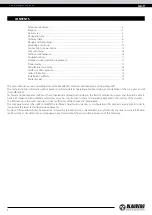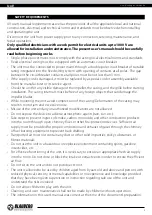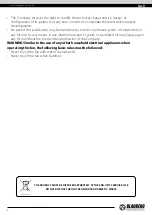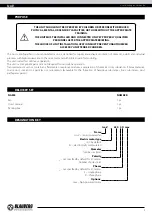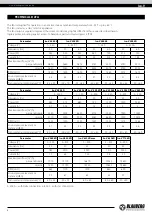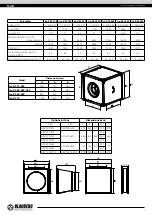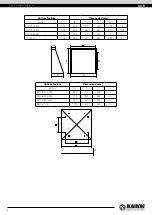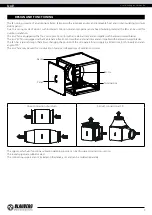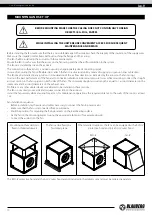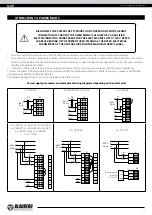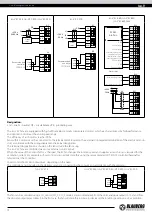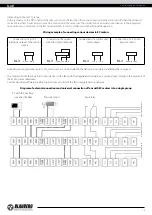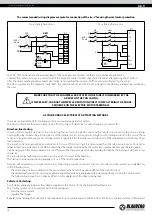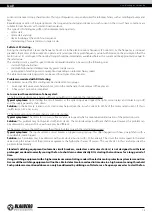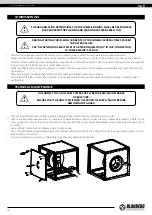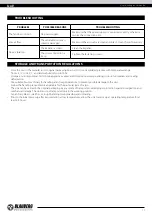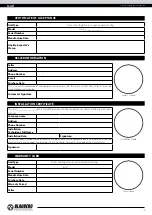
current and reduces torque characteristics. This type of regulation is especially suited for turbomachinery such as centrifugal pumps and
fans.
Regulation by variation of torque optimizes the torque during startup and reduces in-rush current in the circuit. These conditions are
suitable for mechanisms with constant load resistance.
This type of soft starting may differ in the implementation pattern:
• motor start
• motor start and stop
• device bridging at the end of start sequence
• start and stop of several motors in stage circuits
Soft start. FC starting.
During the starting the FC raises the frequency from 0 Hz to the electrical mains frequency (50 or 60 Hz). As the frequency is increased
gradually, the motor can be assumed to operate at its rated speed for a given frequency value. Furthermore, on the assumption that the
motor runs at its rated speed the nominal torque should be immediately available whereas the current will be approximately equal to
the rated value.
This starting system is used for speed control and regulation and can be used in the following cases:
• start with high-inertia load
• start with high load and limited-capacity power supply source
• optimization of electric power consumption depending on turbomachinery speed
The aforementioned starting system can be used for all types of mechanisms.
Problems associated with DOL starting
The problems caused by DOL starting may be divided into two groups:
1. An abrupt start causes mechanical shock, jolts in the mechanism, shock removal of free play etc.
2. A heavy start cannot be completed.
Let us review three variations of a heavy start:
1. The feed line performance is barely sufficient or insufficient to maintain the induced current.
Typical symptoms:
Upon starting the circuit breakers at the system input are tripped; the lights, certain relays and contactors go off,
and the supply generator shuts down.
Solution:
In the best-case scenario an SS device may help reduce the in-rush current to 250 % of the motor rated current. If this is
insufficient, an FC is necessary.
2. The motor cannot start the mechanism with DOL starting.
Typical symptoms:
The motor fails to turn or “freezes” at certain speed which is maintained until actuation of the protection suite.
Solution:
This problem may not be solved with an SS device. The motor develops insufficient shaft torque. However, this problem can
be addressed by using an FC, but each case may be different.
3. The motor spins up the mechanism with authority, but fails to reach the rated rotation speed.
Typical symptoms:
The input automatic circuit breaker is tripped during spin-up. This often happens with heavy-weight fans with a
considerable rotation speed.
Solution:
Such problems may be addressed with an SS device, but not with 100 % certainty. The closer the motor speed to the rated
value during the actuation of the protective equipment, the higher the chances of success. The use of an FC in this case helps solve the
problem fundamentally.
Standard switching equipment (automatic circuit breakers, contactors and motor starters) is not designed to withstand
prolonged overloads normally causing the fan to shut down automatically DOL starting that continues for a long period of
time.
Using switching equipment with a higher maximum current rating renders the electric motor protection system less sensitive.
As a result the switching equipment will not be able to detect motor overload in time due to a high current sensing threshold.
Such problems as mentioned above can only be addressed by utilizing a soft starter or a frequency converter to start the fan.
www.blaubergventilatoren.de
iso-V
15


